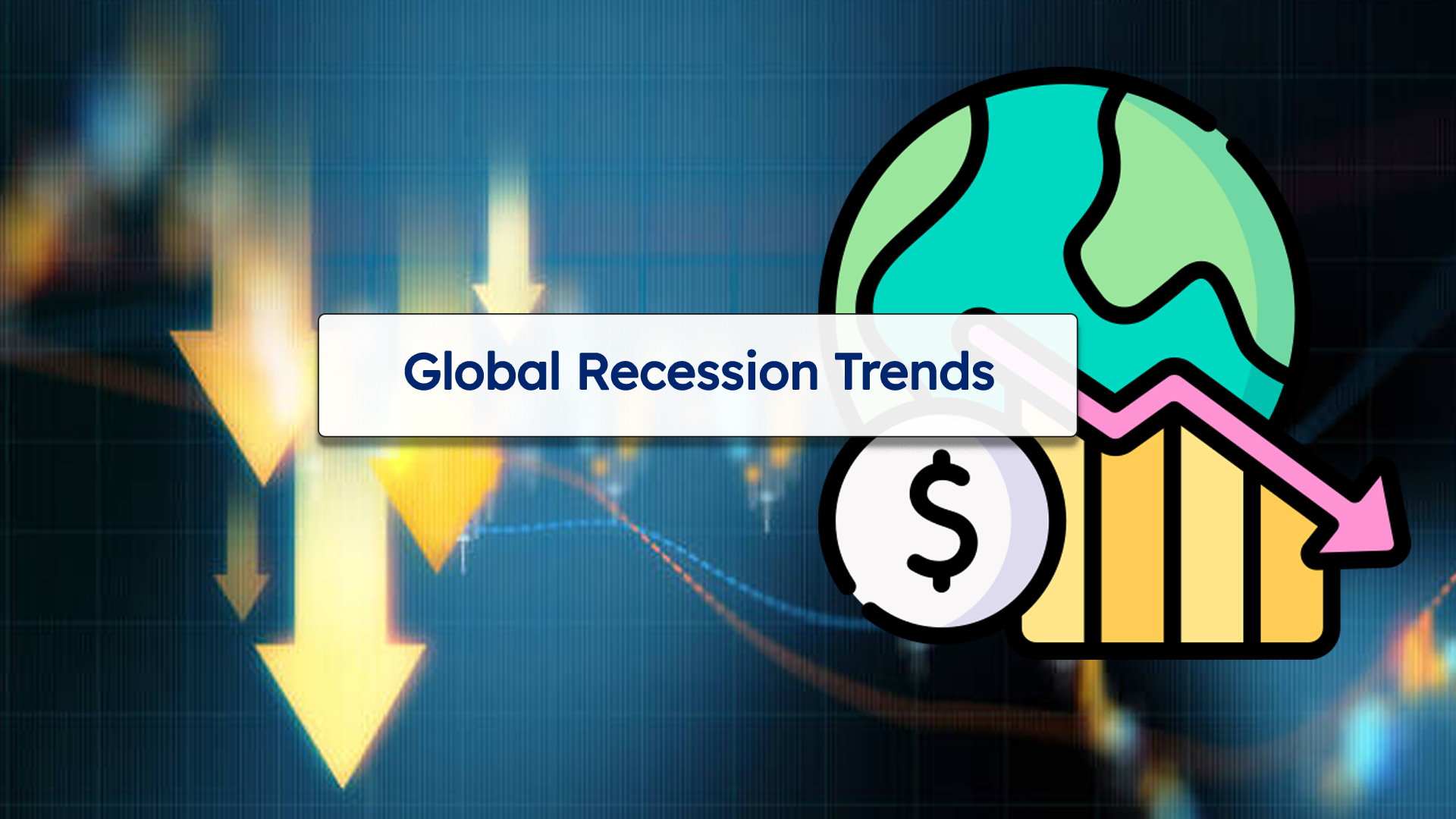The world economy has faced significant turbulence in recent years, marked by supply chain disruptions, inflationary pressures, and geopolitical tensions. As economists and policymakers analyze current trends, concerns are mounting about the possibility of another global recession. But what are the key indicators, and how likely is an economic downturn in the near future?
Key Economic Indicators to Watch
Several economic signals can help predict whether a global recession is imminent:
- Inflation and Interest Rates – High inflation has prompted central banks worldwide to raise interest rates, increasing borrowing costs for businesses and consumers. If rates remain elevated for too long, economic growth could slow, leading to recessionary conditions.
- Stock Market Volatility – A declining stock market often reflects investor fears about economic stability. A sustained downturn in equities can indicate weakening corporate profits and declining consumer confidence.
- Unemployment Trends – Rising unemployment rates signal a weakening economy. If companies continue to cut jobs in response to declining demand or increased operational costs, a recession may follow.
- Global Trade and Supply Chain Disruptions – Ongoing geopolitical tensions, such as the Russia-Ukraine conflict and strained U.S.-China relations, have disrupted trade flows and increased commodity prices, adding further pressure on economies worldwide.
- Corporate and Government Debt Levels – High debt levels can limit spending and investment, creating financial instability. Countries with excessive debt burdens may struggle to implement effective economic policies during downturns.
Historical Parallels: Lessons from the Past
Past global recessions, including the 2008 financial crisis and the COVID-19-induced downturn of 2020, provide valuable insights. The 2008 crisis was triggered by a collapse in the housing market and financial sector instability, while the 2020 recession resulted from pandemic-induced lockdowns. In both cases, aggressive monetary and fiscal policies played crucial roles in stabilizing the economy.
Potential Risks and Opportunities
While the risk of a global recession remains, there are also opportunities for resilience and recovery:
- Technological Advancements – Innovations in AI, renewable energy, and digital finance could drive economic growth and create new employment opportunities.
- Reshoring and Supply Chain Diversification – Businesses are restructuring supply chains to reduce dependencies on specific regions, which may enhance economic stability.
- Government Interventions – Strategic fiscal policies, such as infrastructure investments and social programs, can help mitigate the impact of economic downturns.
Conclusion: Preparing for Uncertainty Although economic indicators suggest challenges ahead, proactive policies and adaptive business strategies can reduce the severity of a potential recession. Investors, businesses, and policymakers must remain vigilant, diversify risks, and embrace innovation to navigate economic uncertainties effectively.


